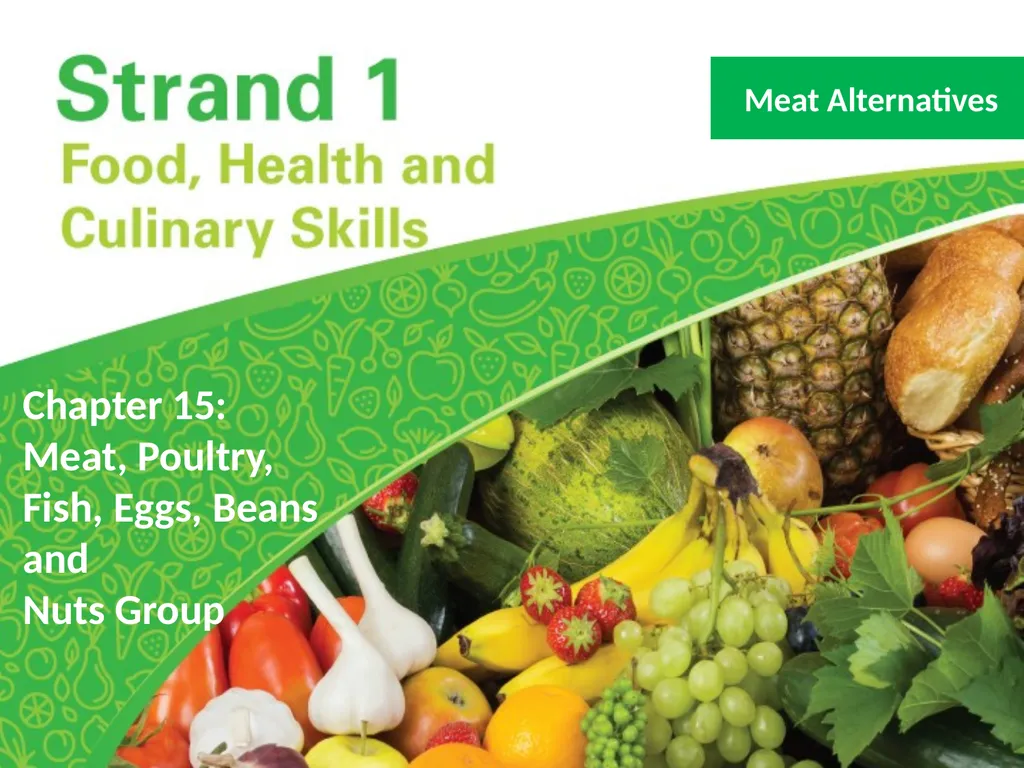
Author : alida-meadow | Published Date : 2025-05-13
Description: What I Will Learn To assess the value of protein alternatives like beans and nuts in the diet Soya Beans There are a number of different products made from soya beans on the market that can be used as high-protein alternatives to meat. SoyaDownload Presentation The PPT/PDF document "" is the property of its rightful owner. Permission is granted to download and print the materials on this website for personal, non-commercial use only, and to display it on your personal computer provided you do not modify the materials and that you retain all copyright notices contained in the materials. By downloading content from our website, you accept the terms of this agreement.
Here is the link to download the presentation.
"What I Will Learn To assess the value of protein"The content belongs to its owner. You may download and print it for personal use, without modification, and keep all copyright notices. By downloading, you agree to these terms.













